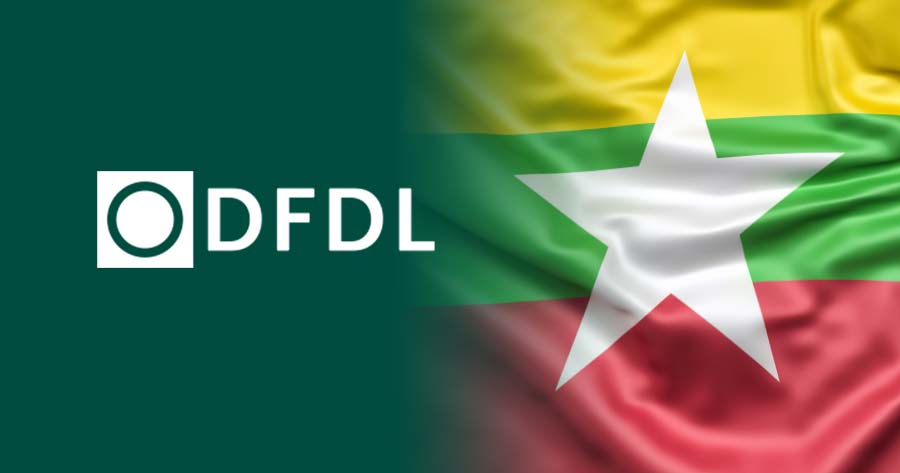On 5 April 2024, the Myanmar Investment Commission (“MIC”) issued Notification 8/2024, which revokes a 2017 notification regarding the classification of investment businesses exporting 100% of their products from Myanmar. This revocation takes effect immediately upon the issuance of the notification.
MIC Notification 87/2017 and tax impact for export-oriented enterprises
Previously, the MIC issued Notification 87/2017 dated 20 November 2017 for 100% export-oriented investments. The MIC classified investment activities as 100% export-oriented if investors exclusively supply all locally manufactured finished and semi-finished goods to investment enterprises that are entirely export-oriented, with no supply to the domestic market. Consequently, it was declared that such 100% export-oriented investments may seek tax exemptions or relief as stipulated under Section 77(b) of the Myanmar Investment Laws (“MIL”).
Section 77(b) of the MIL allows MIC to grant exemptions on customs duties and import taxes for the importation of raw materials and partially manufactured goods by export-oriented investment enterprises provided that manufactured goods are intended for export. This relief is applicable if at least 80% of the investment income is derived from foreign currency earned through exports. Additionally, further exemption may be granted proportionately based on the excess amount anticipated to be earned in foreign currency from exports of that investment.
The application of this relief is not automatic, and the investor should comply with the reporting requirements, including the submission of tax incentive application (Form 6) and quarterly import and export declarations, as per the 2021 announcement from the MIC.
Tax impact of MIC Notification 8/2024 for export-oriented enterprises
The new notification suggests a shift in MIC’s approach to these investments. By rescinding Notification 87/2017, the focus is now redirected towards Section 77 (b) of the Myanmar Investment Law without the qualification for 100% export-oriented investments. This revision shifts the focus away from rigid categorizations towards a more flexible approach, allowing the MIC to evaluate applications for tax incentives on a case-by-case basis. It aligns with the MIC’s aim to encourage foreign currency earnings from exports while providing a framework that allows for scrutiny and assessment of applications for tax exemptions or relief.
Should you need any assistance or wish to know more about the topic, DFDL stands ready and willing to assist you.
Contact us; Jack Sheehan, Partner and Head of Regional Tax, jack.sheehan@dfdl.com and Diberjohn Balinas, Tax Director, Myanmar, diberjohn.balinas@dfdl.com.




